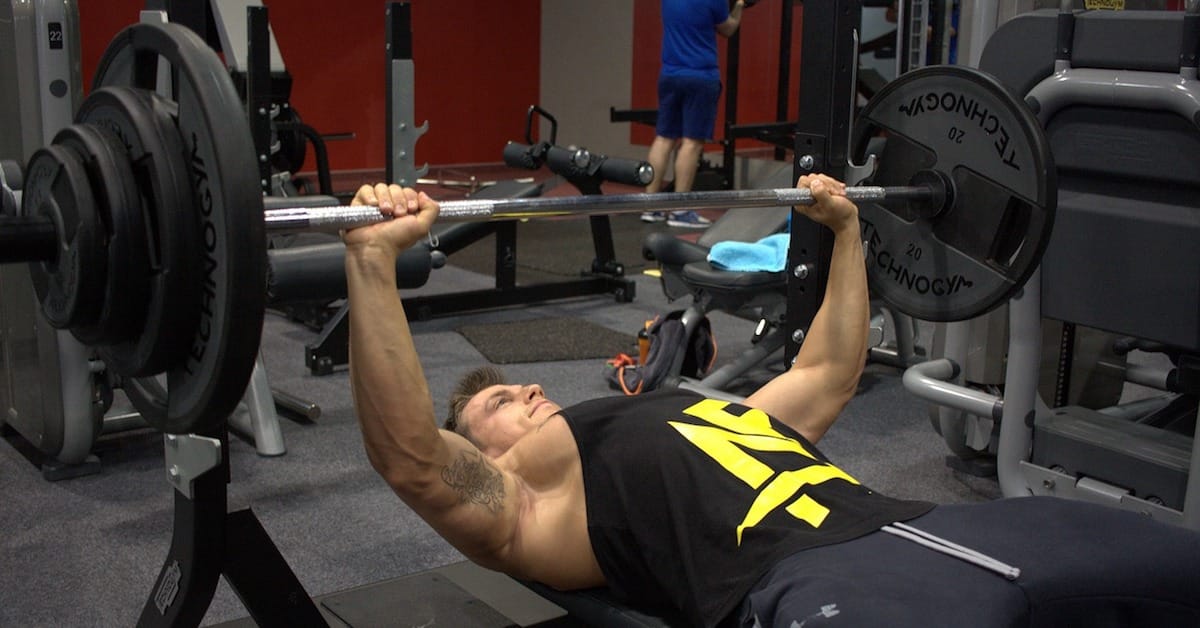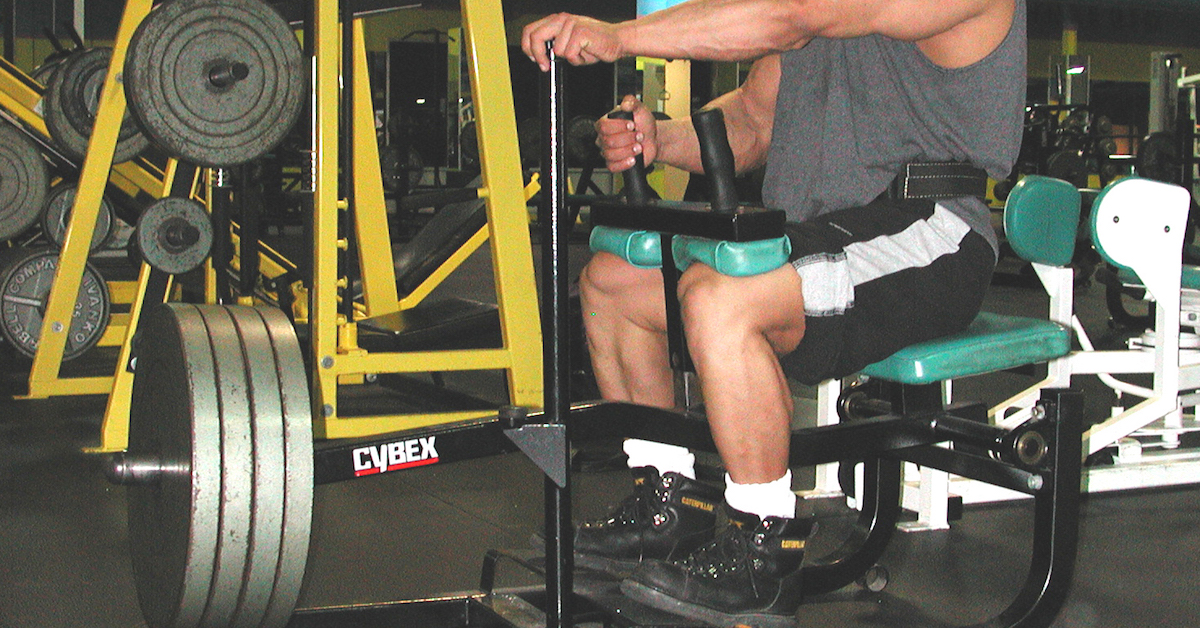Several variables influence muscle hypertrophy (growth), including how much weight you lift (intensity), how many total reps you perform (volume), and how often you lift (frequency). But there may be one variable that trumps them all…
Assuming intensity, volume, and frequency are sufficient, the most important variable for muscle hypertrophy is the amount of effort you exert. Put simply, if you want maximum muscle growth, you need to give maximum effort!
Go To Failure
Research by Burd et al. (2012) shows that loads as low as 30% of your maximum strength, when lifted to volitional fatigue, are just as effective at stimulating muscle protein synthesis as heavier loads (around 70-80% of your max).
In other words, to get the most out of any load, you need to train to failure — or very close to it.
Here’s what Morton, McGlory, and Phillips (2015) had to say:
It appears that reaching contractile failure is required for optimal skeletal muscle growth — regardless of the load lifted. Manipulating variables like time under tension or repetition-load may accelerate the time it takes to reach contractile failure, but they likely don’t enhance muscle protein synthesis (MPS) on their own.
Fatigue occurs when a muscle can no longer produce maximal force. Reaching this point requires recruiting and exhausting a full range of motor units (and muscle fibers). From a practical standpoint, a high degree of effort is essential to stimulate hypertrophy — more so than any particular set/rep/load scheme.
Take At Least One Set to the Limit
This doesn’t mean every set needs to go to failure — that’s neither necessary nor practical. But at least one set should go there, preferably the last set of an exercise.
Accumulate enough training volume first, then finish by emptying the tank. You can even go beyond concentric failure on that final set — working through isometric and eccentric phases — to ensure you exhaust every available muscle fiber.
As Wernbom et al. (2007) concluded in their comprehensive review, effort is a key driver of hypertrophy — regardless of how heavy or light you train.

Maximize Your Muscle Growth: Choose a Split Routine!
If your goal is to maximize muscle growth, focusing on fewer muscle groups per session might be your best bet.

The Rest-Pause Method for Massive Calves
Calves are notoriously challenging to develop, but after decades of trial and error, I’ve discovered a foolproof method to make

My Favorite Leg Finisher
Everything in context! In the video below, I’m squatting with 225 pounds. It might not look like much weight, but
follow
Error: No feed with the ID 2 found.
Please go to the Instagram Feed settings page to create a feed.
